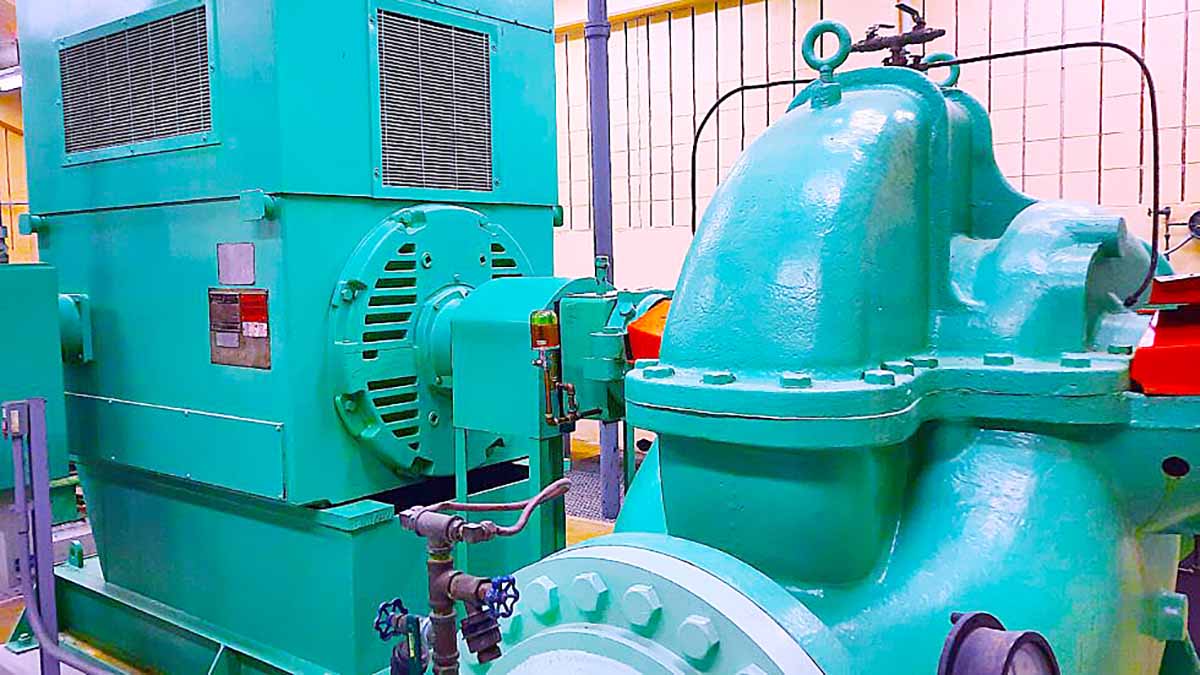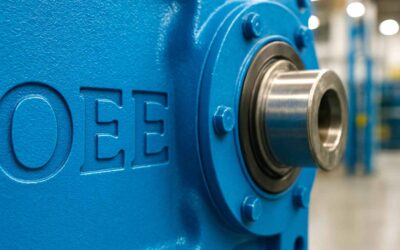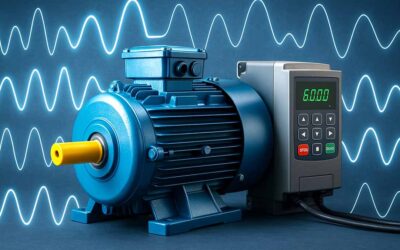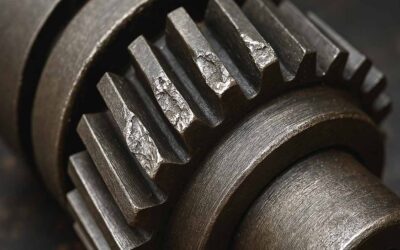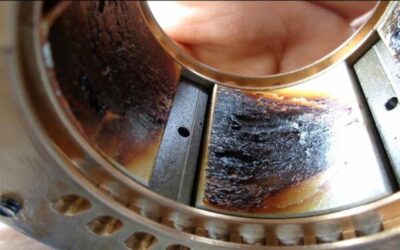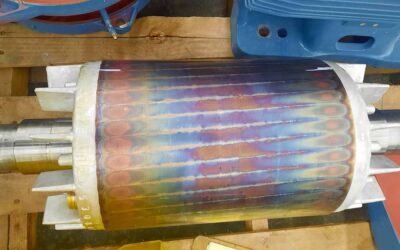Getting out in the field as part of research on electric-motor life cycles, remaining-useful-life (RUL) studies, (Time to Failure Estimation (TTFE), or, as we refer to it, predictive maintenance (PdM), you get to study machines in many conditions. In this short case study, we discuss a pumping system that wasn’t just located at a remote site: It had not operated in two years.
While our focus here is on testing the 800-hp, 4,160 Vac, 1,180-rpm motor shown in the image at the top of this page, we’ll also take a look at the driven pump. In conjunction with the article, we posted our feature image on LinkedIn and asked how others would start such a machine that had sat idle for as long as this one did. We noted that some responses/respondents made assumptions that, in turn, were out of context for the application.
The space where the referenced pump and motor are located is relatively clean. In fact, the building is tight enough that no significant dust was found on the motor. Although not occupied, the building is heated, even in winter, and rodent and bug protection systems are in place.
Initial Inspection and Setup Challenges
The first step in our testing involved an electrician opening the starter/disconnect and performing a quick insulation check. To connect our Electrical Signature Analysis (ESA) equipment, we asked for and received drawings of the motor from the client. We soon realized that said drawings didn’t match the cabinet. So, we simply connected the current clamps to the back of the ammeter rotary switch on the starter and set the appropriate CT ratio in the ESA software.
One response regarding the photo at the top of the page we posted on LinkedIn alluded to the type of bearings in the motor. While the photo doesn’t provide a full view of the end-shield, there are no oil fittings on the bearing housing. The bearings are 6324 single-row ball designs with grease fittings. We used a pipe wrench and pipe to rotate the shaft the first time to “break away” the expected dried grease and any oxidation. Once that was done, it was noted that the rotor had moved to its original position and was even connected to the pump. The pump-bearing oil levels were checked, and the oil cups were filled.
General visual inspections showed that the motor was in visibly good condition. The ESA device was then set up to capture startup data automatically, and all personnel were moved away from the unit.
As shown in Fig. 1 below, a reduced-voltage soft start was performed as required. However, there is a current unbalance. That’s not an unusual condition, even in a motor of this size, especially when it involves a remote pumping station. Small current unbalances of this type are often the result of voltage or circuit unbalances and are not necessarily defects in the motor.
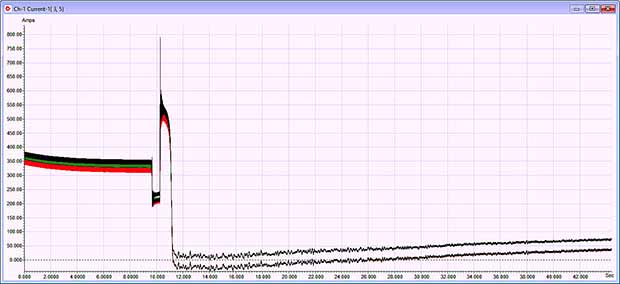
Fig. 1. The motor had a reduced voltage-starting system that transitioned at 10 seconds.
Identifying Mechanical Issues: Bearings, Rotor, and Eccentricity
As noted in Fig. 2, the speed time of the bearing multipliers includes some very low-level peaks associated with dried grease and possible false brinelling. No roads or heavy equipment operations are nearby, but other pump systems are housed in the same building. Although we estimated the bearings to be in “OK” condition, we still recommended that they be replaced (best) or at least be flushed with new grease.
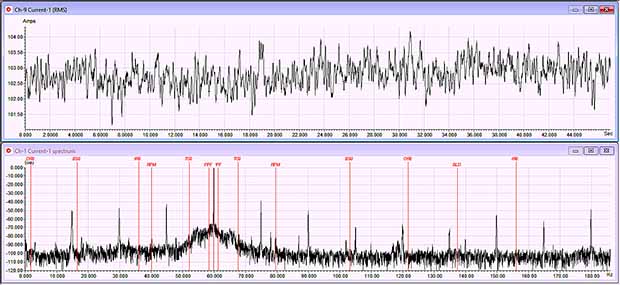
Fig. 2. Cavitation, low-level bearing signatures, slight unbalance.
Without a baseline, it’s challenging to determine if a stator mechanical peak results from the machine sitting idle for a length of time or is inherent in the machine. Sometimes, if the coil ends are too long and not properly anchored, the stator mechanical signature, as shown in Fig. 3, is observed. Other times, missing wedges, loose-stator-frame to core, coil movement, or other conditions would cause the stator mechanical signature. When working on the bearings, the windings can be inspected, as some of the access covers will be removed.
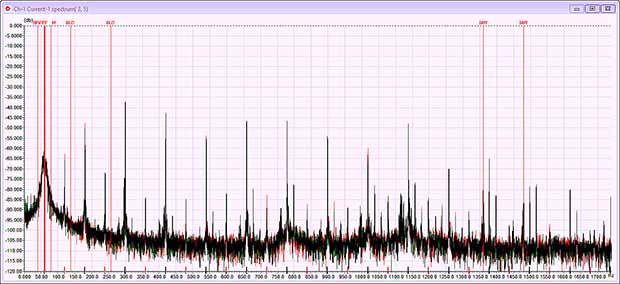
Fig. 3. Large stator mechanical peaks.
When a large motor sits idle for months or years, the rotor tends to sag. One sign that this has occurred is when the rotor is turned and let go. If it returns to the original spot, the motor will have a slightly bowed shaft that results in dynamic eccentricity, as shown in Fig. 4. Combined with the small 1X running speed peaks in Fig. 1; this means that the rotor is physically orbiting in the airgap.
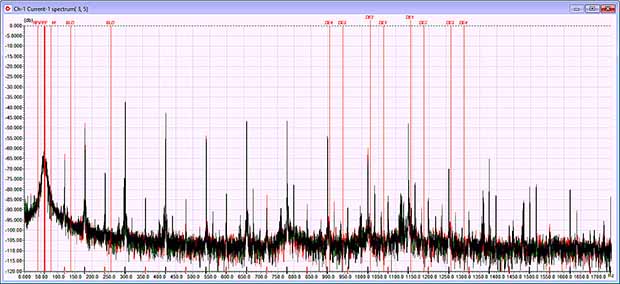
Fig. 4. Small dynamic eccentricity peaks associated with rotor orbiting due to the shaft sagging after several years in the same position.”
When both static and dynamic eccentricity are present, as found in Fig. 5, we have “mixed eccentricity.” In this case the machine is operating off to one side in the machine and orbiting. The static eccentricity portion tends to result from poor assembly practices and will manifest if the rotor is off-center by more than ~10%.
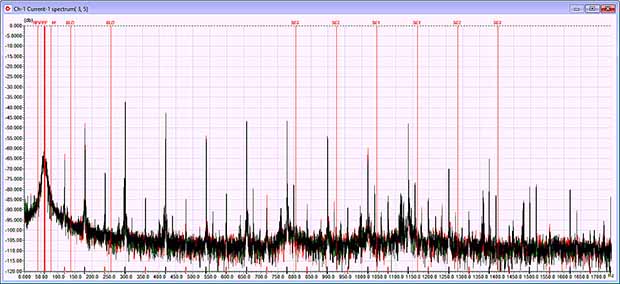
Fig 5. Static eccentricity peaks with dynamic eccentricity identify “mixed eccentricity.”
When both static and dynamic eccentricity are present, as found in Fig. 5, we have what is termed “mixed eccentricity.” In this case the machine is operating off to one side in the machine and orbiting. The static eccentricity portion tends to result from poor assembly practices and will manifest if the rotor is off-center by more than ~10%.
Despite sitting idle for two years, this case study motor was in relatively good condition. While occasional shaft rotation would have eliminated several of the existing conditions, the steps to correct them are not particularly challenging. For instance, it would be good practice to simply replace and regrease the motor bearings. The same holds for the pump bearings. As for the static and dynamic eccentricity, it is also reasonable practice to attempt to run the motor and see if the conditions will correct during operation. If the dynamic eccentricity disappears and the static eccentricity is still present, use the access ports to check the air gap.
Originally published in The RAM Review.
Howard W. Penrose, Ph.D., CMRP, CEM, CMVP, is president of MotorDoc® LLC, a Veteran-Owned Small Business. He chairs standards at American Clean Power (2022-25), previously led SMRP (2018), and has been active with IEEE since 1993. He represents the USA for CIGRE machine standards (2024-28) and serves on NEMA rail electrification standards (2024+). A former Senior Research Engineer at the University of Chicago, he’s a 5-time UAW-GM Quality Award winner. His work spans GM and John Deere hybrids, Navy machine repair, and high-temperature motors. He holds certifications in reliability, energy, M&V, and data science from Kennedy-Western, Stanford, Michigan, AWS, and IBM.

